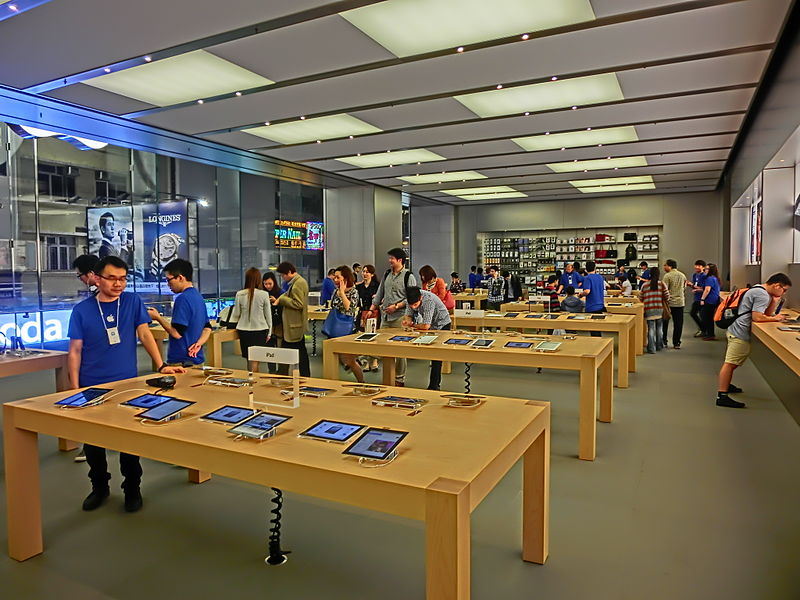Using Digital Integration to Combine Your Ecommerce and Bricks-and-Mortar Stores

The lines between traditional retail and ecommerce have become increasingly muted, and no more so than in the last 12 months.
British value bricks-and-mortar retailer Primark trialled ecommerce with ASOS and Wallgreens provided their customers with an innovative scan-to-refill service on all prescriptions. These are just two examples of how modern retailers are embracing both elements of their service offering, with the view to providing a single, seamless service.
This move towards rich media and digital integration is set to grow as we hurtle towards 2014; but how can brands begin to embrace multi-channel retailing? Is it really possible to combine an ecommerce and bricks-and-mortar presence to create one, happy family?
Tools for sales or distractions?
31% of retailers are conflicted about digital integration; concerned over whether rich media will arm customers with valuable tools, or simply provide a distraction from the goal of purchasing. The fact remains though, that this combining of online and offline can actually boost store sales.
It is important for brands and retailers to understand that the way we shop and the reasons for doing so have changed. Online is for convenience, physical retail is for the experience and brands need to seamlessly combine the two over both channels.
Despite the doom and gloom reported in the press, customers are still visiting bricks-and-mortar stores. But when they do make the journey to your store, you need to provide them with a rich experience; an experience that includes digital integration and activations.
Let’s take a look at Apple.
The brand has replaced all of their traditional points-of-sale with iPods and portable devices. This allows customers to pay for their goods at any point in store and removes the need for queuing. Not only does this create a more convenient retail experience, it also makes use of simple technology.
Not only this, but Apple stores have also replaced their paper information displays with interactive iPad versions. This tangible experience allows customers to explore products in more detail. They can watch videos, read reviews, and even share their new purchases on social media,
Utilizing bricks-and-clicks
It is no secret that ecommerce is booming, but basket abandonment is really impacting on sales.
One way rich media can help retailers combat this is by championing bricks-and-clicks. Customers buy a product via an ecommerce store, but collect in store at a time that it convenient to them. Quick, easy, and seamless; this rich media integration gives shoppers more freedom, whilst allowing retailers to utilize both elements of their offering.
Bricks-and-clicks retail uses ecommerce sales to drive footfall in-store, showing that these two elements can live more than harmoniously together. In some instances, it can also increase up-sells and cross-sells.
For instance, a shopper could collect a new digital camera and be sold a tripod and additional lenses by the sales staff in store. This digital acquisition makes for a simple but effective combination of both elements of a retailers’ offering.
Digital integration is fast becoming commonplace in our retail stores. As these lines get blurred even more, it is important that retailers understand the importance of doing so. Ecommerce is becoming a hugely important part of the shopping experience, but physical retail should still be championed.
By combining these two elements seamlessly together, brands, businesses, and retailers can provide an integrated, rich media experience that keeps customers coming back for more.
Image Credit: Mrodaikusek. Licensed under CC-BY-SA 3.0.






I think omni-channel commerce is evolving in a big shift. What might be a game changer when physical retailer would have access to online consumer behaviour, his likes and preferences even before he makes his way into the store. So that retailer can build customised and personalised service for him.
It would lead to demand optimisation, better sourcing and a perfect clienteling engagement.
Recently I came across an Indian startup called http://www.3otherthings.com which offers similar touchpoints.